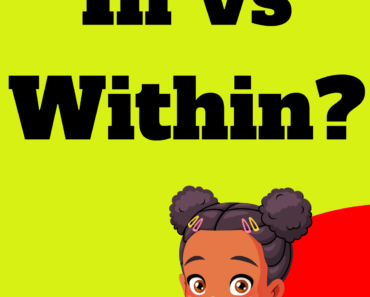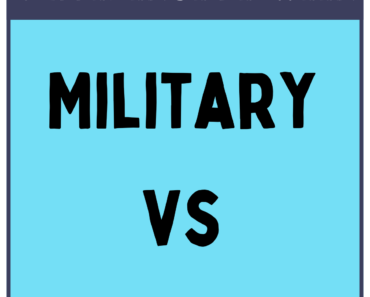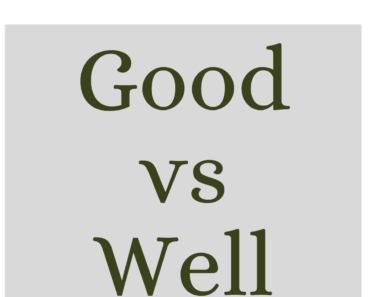The prepositions “on” and “in” are both essential in English for discussing location, but their usage depends on the specific context of place or time. “In” is used to indicate something that is enclosed or surrounded, suggesting a sense of being within a defined space or area.
Conversely, “on” indicates a surface or a position above or touching something. The choice between these prepositions can often be a matter of spatial perception and is guided by conventional usage in language.
On:
Definition: “On” is a preposition used to indicate a position above and in contact with a surface, and also to denote a state of being attached or covered by something.
Usage and Examples:
- Physical Surface: Used when something is touching the surface of an object.
- Example: The book is on the table.
- Public Transport: Indicates travel using a surface vehicle.
- Example: She is on the bus.
- Engagement or Involvement: Suggests participation within an event, program, or medium.
- Example: He is on the committee.
In:
Definition: “In” is a preposition used to express a situation of something being enclosed or surrounded by something else, often indicating a location within boundaries.
Usage and Examples:
- Enclosed Spaces: Refers to being inside or within confined boundaries.
- Example: They are in the room.
- Inclusion within a Group or Category: When something is part of a larger whole.
- Example: He is in the choir.
- Time: Denotes inclusion within a period or duration.
- Example: In the 1990s, music was quite different.
The subtle nuances in using “on” and “in” correctly can enhance clarity in communication, highlighting the importance of understanding their distinct contexts.







